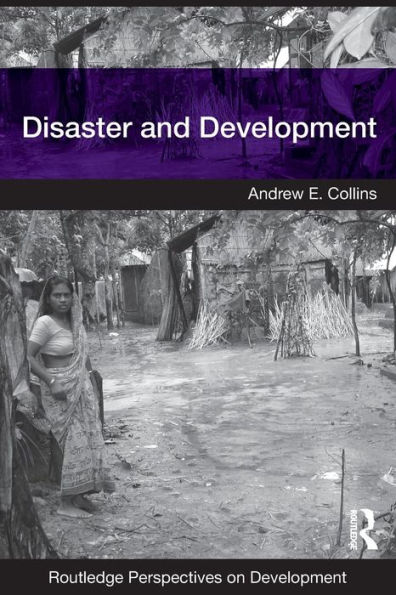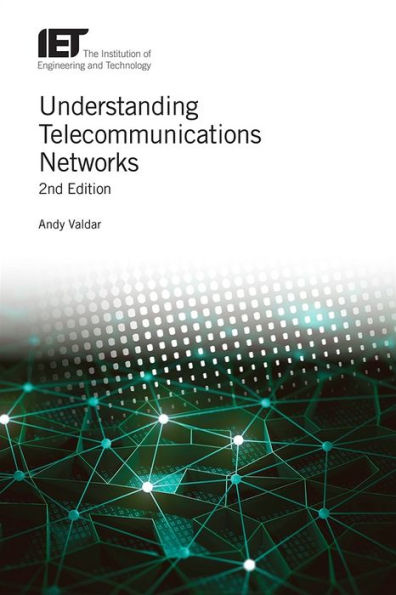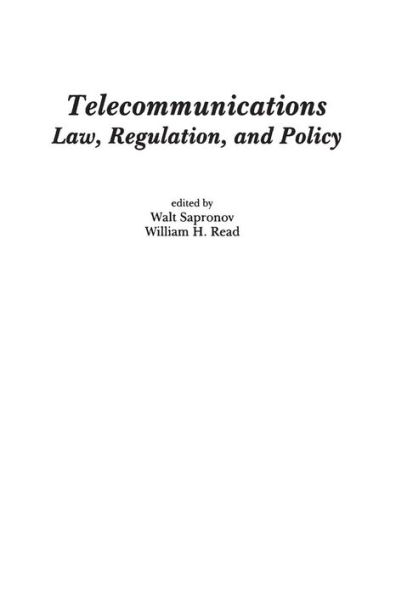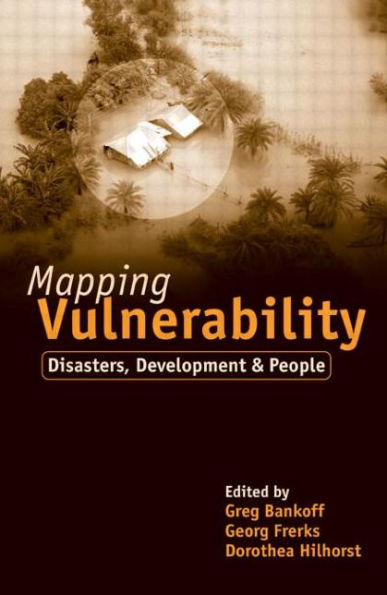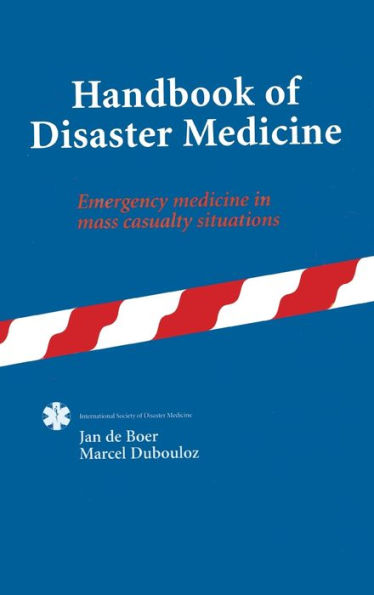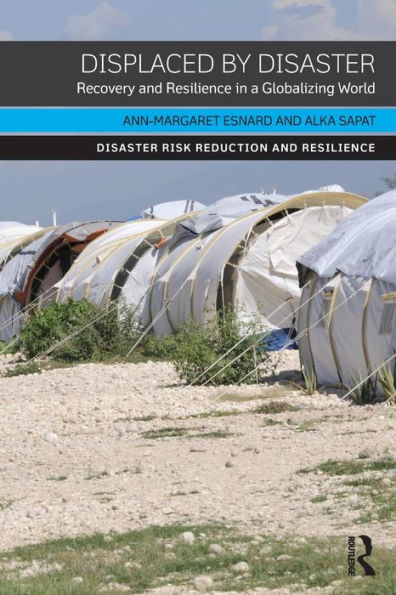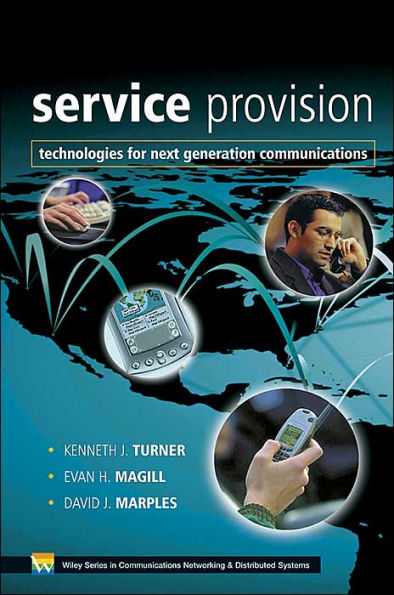Home
Telecommunications in Disaster Areas / Edition 1
Loading Inventory...
Barnes and Noble
Telecommunications in Disaster Areas / Edition 1
Current price: $140.00
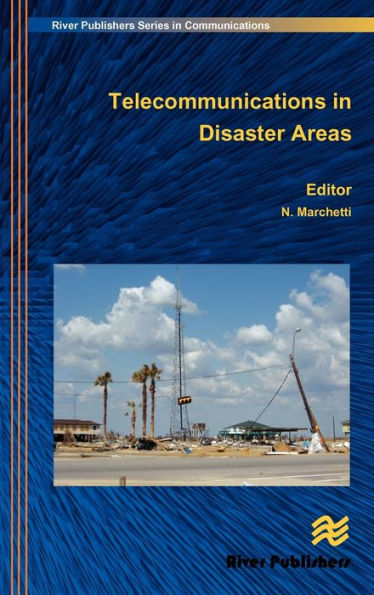

Barnes and Noble
Telecommunications in Disaster Areas / Edition 1
Current price: $140.00
Loading Inventory...
Size: OS
*Product Information may vary - to confirm product availability, pricing, and additional information please contact Barnes and Noble
Disasters occur in short time periods and are usually unexpected, leaving in their wake large numbers of casualties and severe infrastructure damages. These disasters can be due to natural causes (earthquakes, fires, floods, hurricanes, epidemics or combinations of thereof) or manmade (industrial accidents, terrorism and war). Essential communications breakdown is one of the common characteristics of all disasters. The partial or complete failure of telecommunications infrastructure leads to preventable loss of life and damage to property, by causing delays and errors in emergency response and disaster relief efforts. Despite the increasing reliability and resiliency of modern telecommunications networks to physical damage, the risk associated with communications failures still remains serious because of growing dependence upon these tools in emergency operations.Coordinated relief to the affected areas needs to be given as soon as possible, so to minimize further nefarious effects. In such scenarios it is vital that communications between interested parties, i.e. relief and security groups, are established as quickly and as easily as possible, ideally in a plug & play or zero configuration fashion. The acknowledgment that infrastructure-based networks in such deployment areas may be destroyed raises the need for new alternatives and communication paradigms, ideally infrastructure-less, and for decentralized wireless technologies.Technical topics discussed in the book include, within the domain of Telecommunications in Disaster Areas:-• System Engineering, Power and Communication Infrastructure;• Self-Organizing, Cognitive and Location-aware Networks;• Public Safety Scenarios Modelling;• Inter-Network Interoperability;• Networks of Mobile Robots.Content• Introduction;• Systems Engineering Methodology for the Development of Disaster Tolerant Networks;• Power Supply and Communications Infrastructure Issues in Disaster Areas;• Self-Organizing Cognitive Disaster Relief Networks;• Modeling Public Safety Scenarios for Emergency Communication Systems;• Inter-Network Operability/Multi-System Resource Sharing Method for Disaster Relief;• Location-Aware Cognitive Communication Systems for Public Safety;• Networks of Mobile Robots for Rescue Operations; Bibliography.

